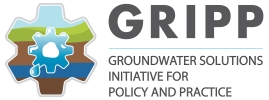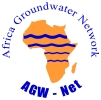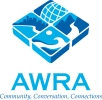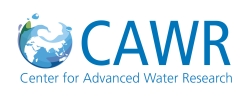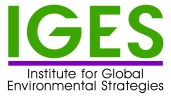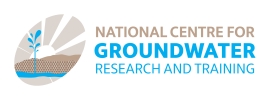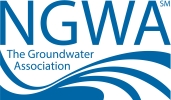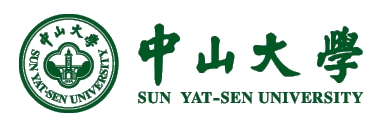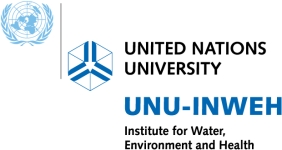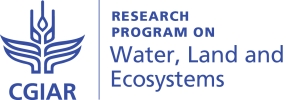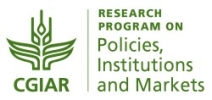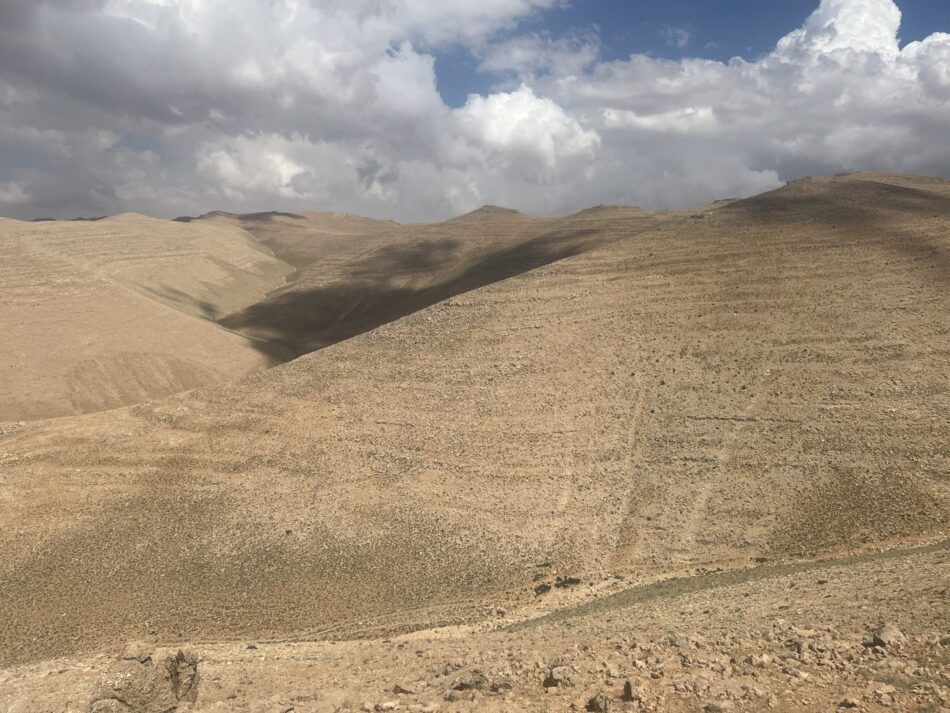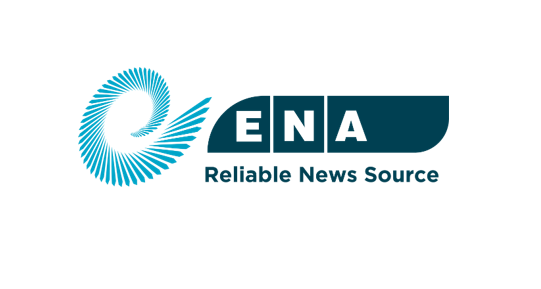By Patience Mukuyu, IWMI
Conjunctive water management in shared water resources of the Southern African Development Community (SADC) region is steadily gaining ground, as the understanding of the benefits of coordinated use and management of surface and groundwater increases. Changing climatic conditions and concerns around water scarcity in the region has made this approach a critical option to mitigate against water variability and possible food insecurity.
Work is now being advanced by IWMI and partners to foster collaboration in shared surface-groundwater systems for effective transboundary water management. With USAID support for a three-year project, the primary geographic focus within the SADC region is the Tuli Karoo Aquifer-Upper Limpopo System, shared among Botswana, South Africa and Zimbabwe. A recent joint kick-off stakeholder dialogue took place in the border town of Musina, South Africa from the 27thto the 29thof November 2018.
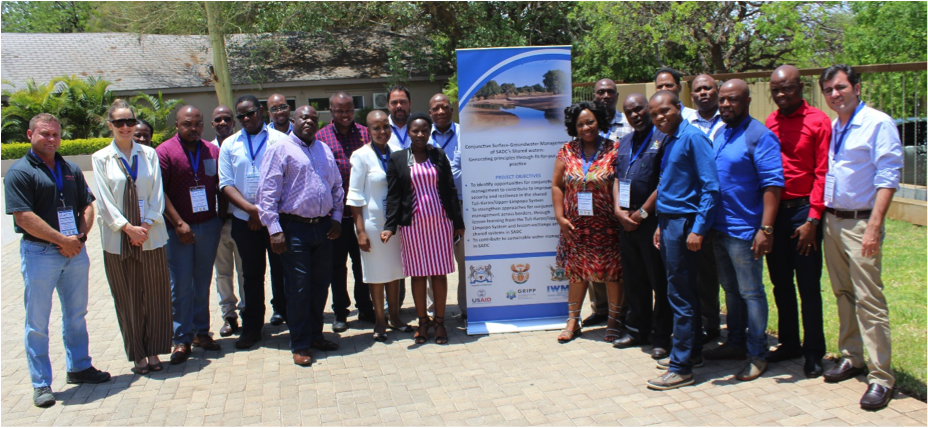
Participants at the joint stakeholder dialogue (Photo: Resego Mokomela)
Representatives from the three countries, including government, water authorities and utilities, agricultural water users, the mining sector, protected areas and environmental agencies, and other development program partners attended the workshop and tabled their expectations for conjunctive water management in the Tuli Karoo-Upper Limpopo System and discussed project objectives with the coordinators at IWMI. In total, approximately 25people participated in the dialogue. This is the first time representatives from the three country governments have convened to discuss water issues in the Tuli Karoo-Upper Limpopo System. IWMI presently works with governments in three transboundary aquifer-river systems in SADC: the Ramotswa (Botswana, South Africa), the Shire (Malawi, Mozambique) and now the Tuli-Karoo.This puts the organisation and collaborating partners in a strategic position to leverage knowledge gained from these projects into the conjunctive management of shared surface and groundwater systems throughout the region.

Area overlooking the Shashe and Limpopo confluence – with both rivers dry at this time (Photo: Resego Mokomela)
Important points that emerged from the dialogue were the need to quantify the capacity or yield of the aquifer and to establish effective data sharing mechanisms across the three countries. Further, challenges of water management in the Tuli Karoo-Upper Limpopo System came across as real and severe. The Limpopo and Shashe rivers are dry for much of the year, with associated groundwater abstraction for intensive irrigated agriculture from the riverbed becoming constrained and of variable quality.






